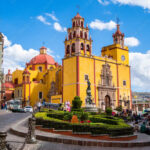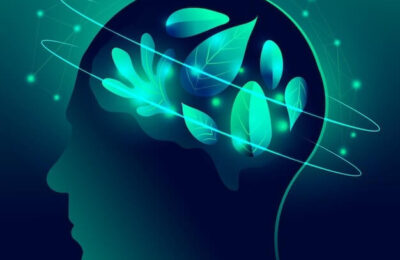The exploration of örviri is indeed a journey through time, culture, and meaning. As we unravel the layers of örviri, we uncover hidden treasures of wisdom and insight, reflecting the multifaceted nature of human civilization. It is not only connects us with our past but also guides us towards a more inclusive and sustainable future. It’s a term that embodies the dynamic nature of cultural and historical evolution, enriching our understanding of the world and its myriad cultures.
The Historical Roots of Örviri
The origins of örviri take us back to around 500 AD, when it emerged as a crucial skill for Viking warriors and hunters. This early form of örviri was focused on archery, emphasizing accuracy and skill with the bow and arrow. It was not just a sport but a vital survival skill and a means of mastery and competition among warriors.
Cultural and Spiritual Significance
Transitioning from a physical discipline, it evolved into a deeply ingrained aspect of the cultural and spiritual life in indigenous Scandinavian communities. It transformed into a spiritual practice that involved connecting with nature, the spirit world, and one’s inner self. This spiritual aspect included practices like shamanism and meditation, focusing on gaining insight, healing, and enlightenment.
Örviri in Modern Times

Today,it transcends historical and cultural confines, finding modern applications in fields such as transportation, energy, manufacturing, and skincare. It symbolizes a bridge between past and present, incorporating principles of sustainability and eco-consciousness. This adaptability highlights its relevance in addressing contemporary challenges and needs.
The Örviri Revolution: A Social Movement
In addition to its cultural and historical facets, örviri signifies a potent social movement, particularly in the area of gender inclusivity. The Örviri Revolution challenges traditional gender norms and promotes a spectrum of gender identities. This movement has gained significant momentum in recent years, facilitated by social media and the internet, advocating for equality and inclusivity for all individuals, regardless of gender identity.
Conclusion
The reflection on örviri emphasizes its role as a bridge between the past and the future, highlighting how it connects us to our historical roots while guiding us towards an inclusive and sustainable future. Iti embodies the dynamic evolution of culture and history, enriching our understanding of the world’s diverse cultures. It represents the depth and adaptability of human civilization, reminding us of the importance of both preserving cultural heritage and embracing its relevance in contemporary society. This exploration underlines the richness of human culture and its continuous







